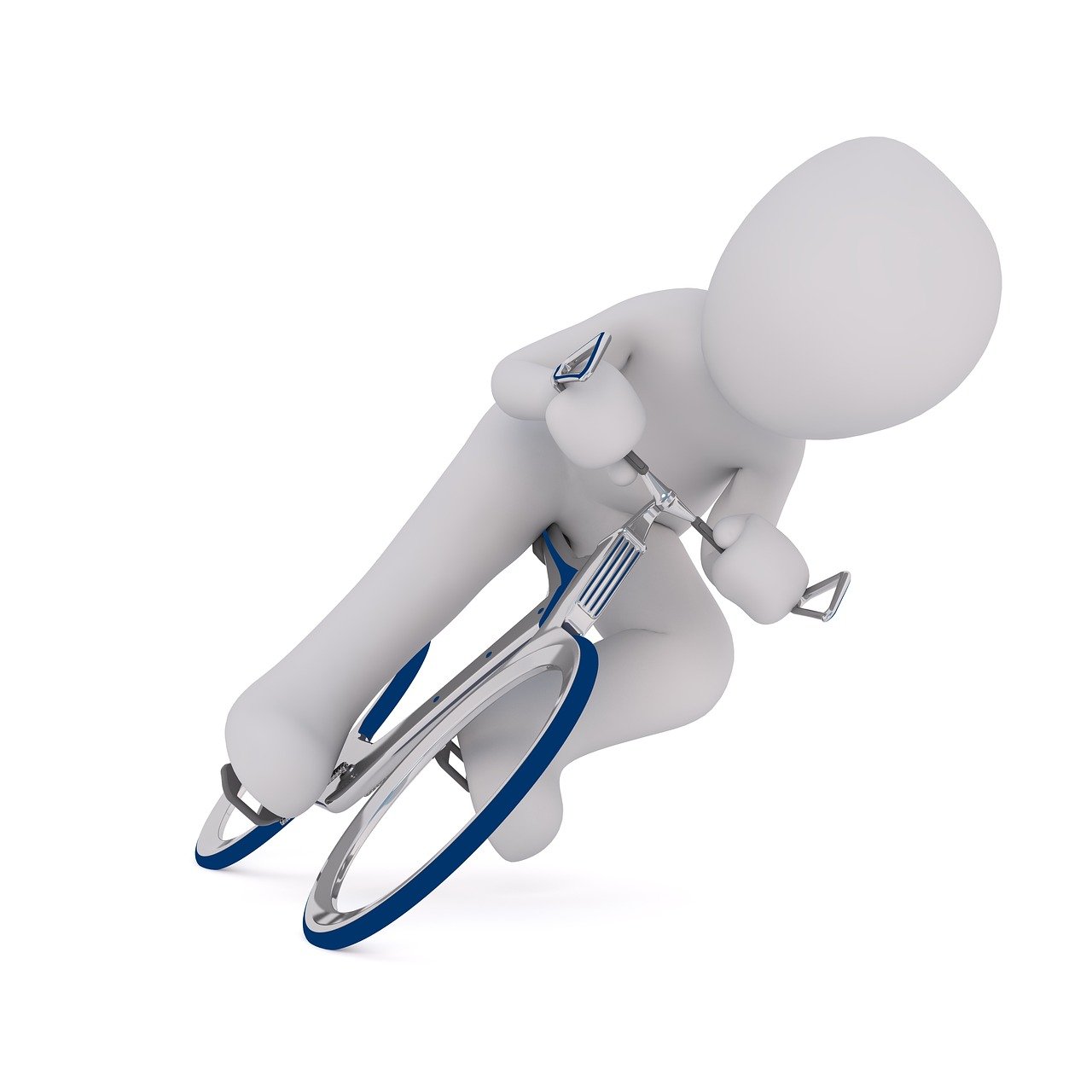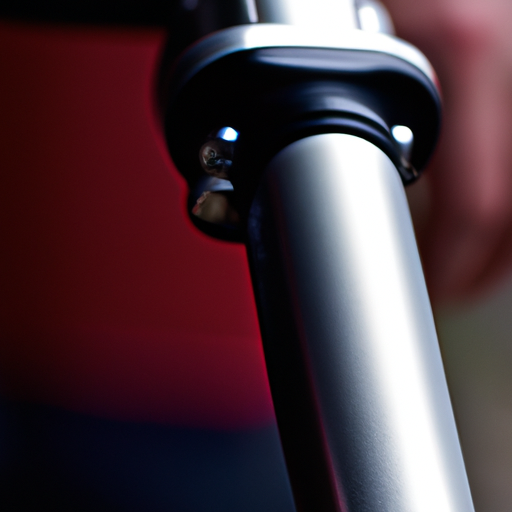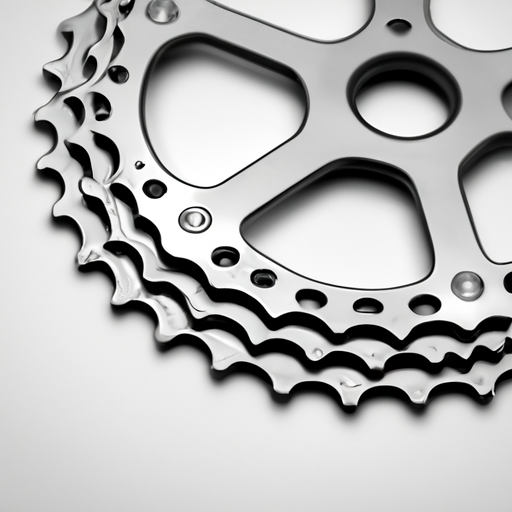How Do I Fix A Bent Or Broken Bike Frame?
So you’ve found yourself with a bent or broken bike frame, and now you’re wondering how on earth you can fix it. Well, fret not, my friend, for I’m here to lend a helping hand! In this article, I’ll walk you through the steps of repairing your precious two-wheeler, ensuring that you’ll be back on the road in no time. Whether it’s a minor bend or a major crack, I’ve got you covered. So grab your tools and let’s embark on this bike-frame fixing adventure together!
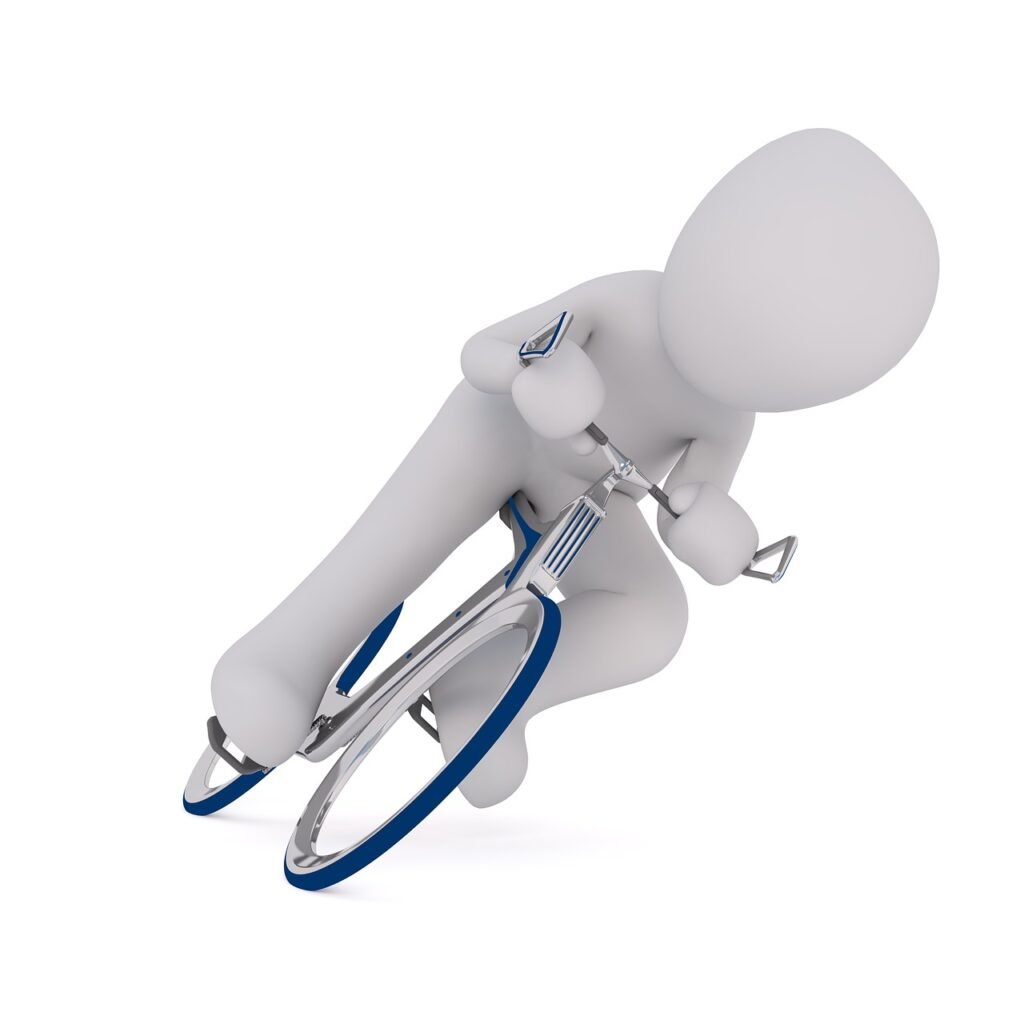
Assess the Damage
When faced with a bent or broken bike frame, the first step is to assess the damage. By identifying the type of damage, inspecting the bike frame thoroughly, and evaluating the severity of the damage, you can determine the necessary repairs and the best course of action.
Identify the type of damage
The type of damage may range from minor bends and dents to more severe breaks or cracks. It is crucial to accurately identify the type of damage before proceeding with any repairs. By closely examining the frame, you can determine whether it is bent, broken, or has suffered damage to the carbon fiber material.
Inspect the bike frame thoroughly
Thoroughly inspecting the bike frame is essential to understand the extent of the damage. Take your time to carefully examine the entire frame for any visible signs of damage. Look for cracks, dents, bends, or any other abnormalities that may affect the structural integrity of the frame.
Evaluate the severity of the damage
Once you have identified the type of damage and inspected the bike frame, it is necessary to evaluate the severity of the damage. Some minor bends or dents may be easily repairable, while more substantial damage may require professional assistance or even the replacement of the frame. By assessing the severity of the damage, you can make an informed decision on how to proceed with the repairs.
Tools and Materials
Before you begin repairing a bent or broken bike frame, gather the necessary tools and acquire the required materials. This ensures that you have everything you need to successfully complete the repairs and prevents any delays or setbacks during the process.
Gather necessary tools
The tools you’ll need for repairing a bike frame will depend on the specific repairs required. However, some essential tools to consider include wrenches, pliers, a hydraulic press, a torch for welding, a carbon fiber repair kit (if working with carbon fiber frames), and various measuring tools. It’s important to have a well-equipped toolkit to handle any repairs effectively.
Acquire required materials
In addition to the tools, you will also need to acquire the required materials for the repairs. This may include replacement tubes, welding rods, carbon fiber patches, epoxy resin, and other materials specific to the type of repair needed. Make sure to consult with professionals or reference reputable sources to determine the appropriate materials for your specific repair.
Repairing a Bent Bike Frame
Fixing a bent bike frame may be possible with the right approach and tools. Here is a step-by-step guide on how to repair a bent bike frame:
Loosening the components
Before attempting to straighten a bent bike frame, it’s important to loosen any components that may inhibit the process. This includes removing the wheels, seat, pedals, and any other parts that may interfere with accessing the damaged area.
Using a hydraulic press for minor bends
For minor bends in the frame, a hydraulic press can be invaluable. By carefully placing the bent area of the frame on the press and applying controlled pressure, you can gradually straighten the frame. Remember to make adjustments incrementally and check the progress frequently to ensure you don’t overcorrect or cause further damage.
Utilizing leverage to straighten the frame
Leverage can be an effective technique for straightening a bent bike frame. Using a long, sturdy object such as a pipe or a wooden plank, apply controlled force to the bent area in the opposite direction of the bend. Slowly and carefully straighten the frame by exerting pressure until it aligns with its original shape.
Re-check and adjust the frame alignment
After straightening the frame, it’s crucial to re-check the alignment to ensure it is properly aligned. Use measuring tools such as a tape measure or a laser alignment tool to compare the frame’s alignment with its original specifications. Make any necessary adjustments until the frame is correctly aligned.
Repairing a Broken Bike Frame
Repairing a broken bike frame requires extra caution and precision. Depending on the severity of the break, you may need to consider welding as the appropriate solution. Here are the steps to repair a broken bike frame:
Assess the breakage point
Carefully examine the breakage point to assess the extent of the damage. Evaluate whether the break is clean or if there are additional fractures that need to be addressed. This evaluation will help determine the appropriate repair method.
Decide if welding is the right solution
Welding is a common method for repairing broken bike frames, but it may not always be suitable depending on the type and location of the break. Consult with professionals or experienced welders to determine if welding is a viable solution for your specific situation.
Preparing the broken frame for welding
Preparing the broken frame for welding requires meticulous attention to detail. Clean the broken area thoroughly, removing any debris or paint that may interfere with the welding process. Be sure to wear appropriate safety gear, including welding gloves and protective eyewear.
Welding the broken parts together
Welding the broken parts of the frame together should be done by a professional welder if you are not experienced in the process. Welding requires precise heat control and expertise to prevent further damage. A skilled welder will be able to precisely bond the broken parts, ensuring a strong and durable repair.
Post-welding frame inspection
After the welding is complete, thoroughly inspect the frame to ensure the repair was successful. Check for any structural weaknesses or inconsistencies, and make any necessary adjustments or additional reinforcements if needed.
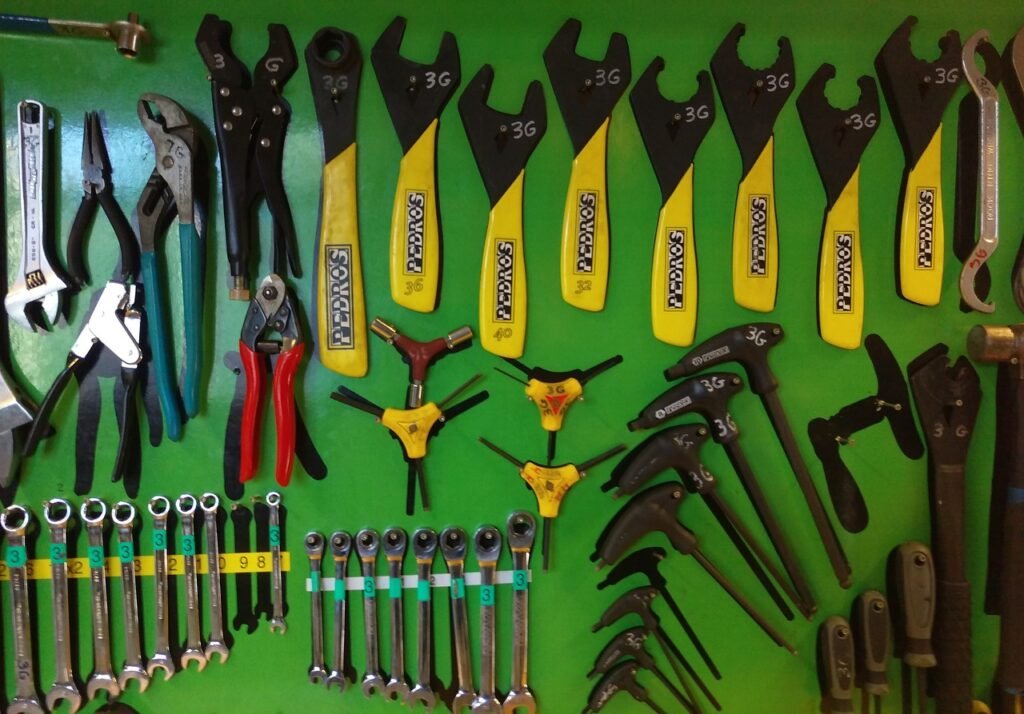
Working with Carbon Fiber Frames
Repairing carbon fiber frames requires specialized knowledge and techniques due to the unique properties of this material. Carbon fiber frames are lightweight, strong, and resistant to corrosion, but they can also be prone to damage. Here’s how to approach repairing carbon fiber frames:
Evaluate the extent of the damage
When dealing with carbon fiber frames, it’s crucial to evaluate the extent of the damage accurately. Carbon fiber can suffer from small cracks, delamination, or other forms of damage that may require different repair methods. Thoroughly inspect the frame to identify all areas that need attention.
Consult a professional carbon fiber repair specialist
Repairing carbon fiber frames can be complex, and it is advisable to consult a professional carbon fiber repair specialist. These specialists have the expertise and specialized equipment necessary to assess and repair carbon fiber frames safely and effectively. They can provide guidance on the best repair methods for your specific frame.
Repairing small cracks in carbon fiber
Small cracks in carbon fiber frames can be repaired using epoxy resin and carbon fiber patches. Clean the damaged area, apply the epoxy resin, and carefully position the carbon fiber patch over the crack. Allow the epoxy resin to cure according to the manufacturer’s instructions before inspecting the repair.
Replacing damaged carbon fiber tubes
If the damage to the carbon fiber frame is severe or involves damaged tubes, replacing the affected parts may be necessary. Carbon fiber tubes can be sourced from reputable manufacturers or obtained through professional carbon fiber repair specialists. Ensure that the replacement tubes have the same specifications as the original ones for a proper fit.
Reinforcing the Repaired Frame
To reinforce a repaired bike frame and ensure its durability, you can strengthen the damaged area with additional materials or patches. Here are two commonly used methods for reinforcing a repaired frame:
Strengthening the damaged area with additional materials
For areas prone to repeated stress or potential damage, reinforcing the repaired frame with additional materials can provide added strength. Aluminum brackets or plates can be strategically placed over the damaged section, providing reinforcement and preventing further damage.
Using aluminum patches for added support
Aluminum patches can also be used to reinforce the repaired frame. These patches are typically placed over the weakened or repaired areas and bonded securely to the frame using epoxy resin or adhesive. This method adds stability and durability, ensuring the repaired frame can withstand future use.
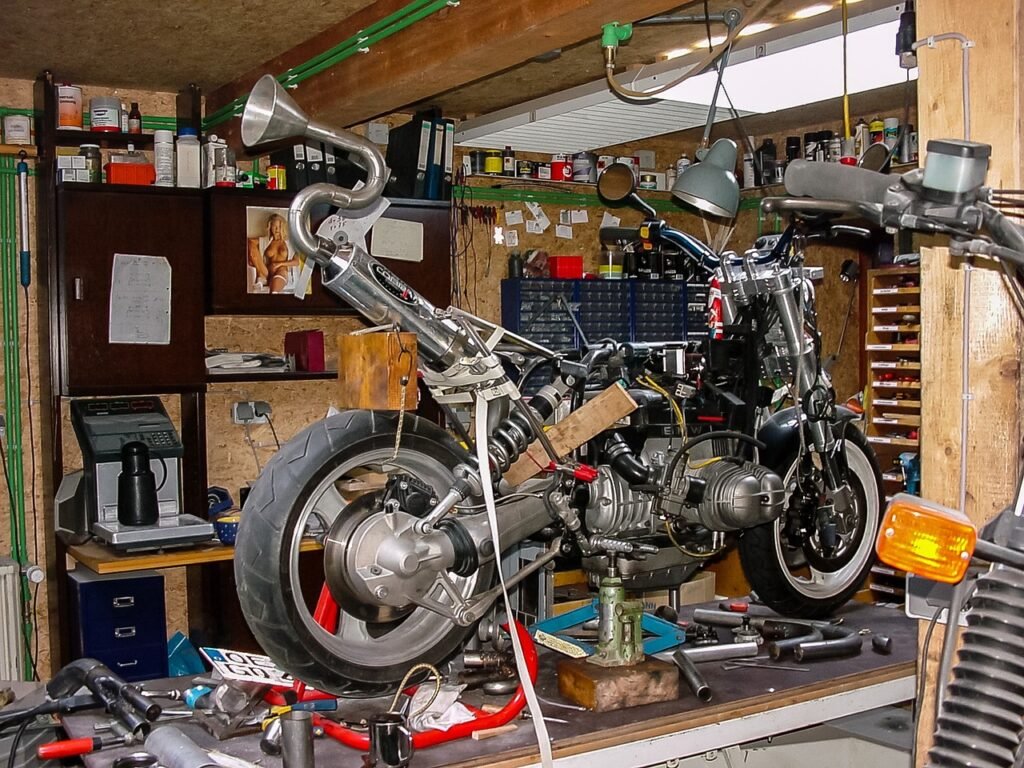
Preventive Measures
While repairs are necessary when a bike frame is damaged, taking preventive measures can help prolong its lifespan and minimize the risk of future damage. Here are some preventive measures to consider:
Regularly inspect your bike frame
Performing regular inspections on your bike frame can help detect any early signs of damage or wear. Check for cracks, dents, or any other abnormalities that may compromise the structural integrity of the frame. Catching potential issues early can prevent further damage and the need for extensive repairs.
Avoid excessive force or accidents
To prevent unnecessary damage to your bike frame, ride with caution and avoid subjecting it to excessive force or accidents. Be mindful of road conditions, avoid rough terrain if your bike is not designed for it, and ride within your skill level to minimize the risk of collisions or impacts that may damage the frame.
Properly store and transport your bike
Properly storing and transporting your bike can also help prevent damage to the frame. When not in use, store your bike in a dry and secure location to protect it from moisture and potential impacts. When transporting your bike, use a sturdy rack or case designed for bikes to minimize the risk of damage during transit.
Considerations when DIY Repair is Not Advisable
While DIY repair projects can be satisfying, certain situations may warrant professional assistance. Here are some considerations when DIY repair is not advisable:
Complex frame damage
If the damage to your bike frame is extensive or complex, it may be prudent to seek professional assistance. Complex frame damage often requires specialized knowledge, tools, and expertise that may exceed the capabilities of a DIY repair.
Lack of necessary tools or skills
Repairing a bike frame requires specific tools and skills to ensure a proper and safe repair. If you lack the necessary tools or skills, attempting a DIY repair may do more harm than good. It is essential to assess your capabilities honestly and reach out to professionals when needed.
Cost effectiveness of professional repairs
Lastly, consider the cost effectiveness of professional repairs. In some cases, the cost of professional repairs may outweigh the benefits of repairing the frame. If the damage is extensive, it may be more cost-effective to invest in a new bike frame rather than attempting a repair.
Consulting a Professional Bike Shop
When in doubt or if you lack the necessary skills and tools, it is always advisable to consult a professional bike shop. Seeking expert advice from experienced professionals can ensure that your bike frame receives the appropriate repairs and restoration. Here’s how a professional bike shop can assist you:
Seeking expert advice
Bike shops have trained professionals who can assess the damage to your bike frame accurately. They can provide expert advice on the best course of action, whether it involves making repairs or considering a replacement.
Professional repairs and restoration
Professional bike shops are equipped with the necessary tools and skills to perform high-quality repairs and restoration. They can handle complex repairs, welding, and carbon fiber repairs with precision and expertise, ensuring the integrity and safety of your bike frame.
Conclusion
Repairing a bent or broken bike frame requires careful assessment, appropriate tools, and technical know-how. Always prioritize your safety when attempting repairs and choose the repair method that best suits the type and severity of the damage. Regular inspections, preventive measures, and proper maintenance will go a long way towards preventing future damage. If you are unsure or lack the necessary skills, do not hesitate to consult a professional bike shop for expert advice and assistance. With the right approach, your bike frame can be repaired, allowing you to continue enjoying your rides for years to come.

